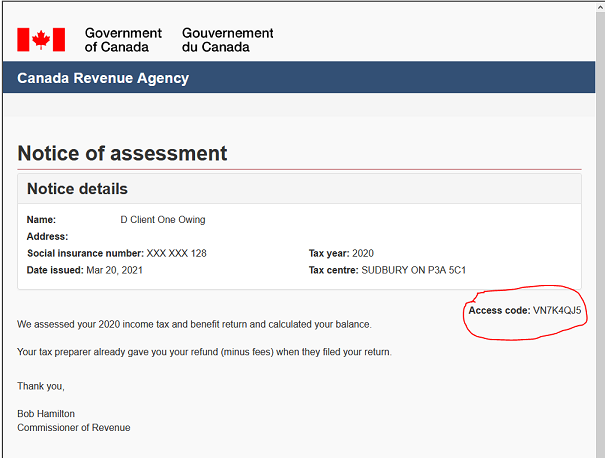

- #CLICKREPAIR ACCESS CODE PASSWORD#
- #CLICKREPAIR ACCESS CODE MAC#
Memorable and Letters & Numbers are good choices.
Or click the key icon to generate a secure password. Enter your account name (or user name). #CLICKREPAIR ACCESS CODE PASSWORD#
To add a password, click the File menu and choose New Password Item. Give the note a name and type (or paste) the note below. To add a secure note, click the File menu and choose New Secure Note Item. Open Launchpad. Or click the Finder, then click the Go menu at the top of the screen and choose Utilities. You may see this when you create a password the first time but you can use it anytime in Keychain Access. #CLICKREPAIR ACCESS CODE MAC#
The Mac also has a built-in password assistant to help you create secure passwords. Secure notes are encrypted and no one can access them without your login password. The Keychain is actually a great place to store sensitive information, such as bank accounts, PIN codes and other sensitve data. Manually adding items to the Keychain and using the password assistant The data is encrypted and transmitted securely so you know you’re safe. So whether you visit a site on your Mac, iPhone or iPad, Safari will always know the password.
On personal Macs and devices, enable iCloud Keychain.This keeps your passwords and credit cards in sync. Also look at the date – the most recent entry is probably (but not always) correct. Look at the user name and be sure you’re getting the right one. Duplicate entries? Perhaps you had several passwords or different accounts on the same site. Incoming and outgoing passwords will usually (but not always) use the same password. Then look for an item with IMAP or POP in the name - they will pertain to your incoming email. Looking for an email password? Type your email address in the search box. Web pages, servers and w-ifi networks are listed together. Not sure what you’re looking for? Click the Kind column header. You can also look up web site passwords in Safari. If your Mac needs the password in the future it will ask for it. Delete items by selecting them and typing the delete key. Add items to the list by clicking the + button at the bottom, then fill out the form. If you change it here, be sure to change it on the web site or server to match. Type your computer’s login password to view password for the item you selected. Click Show Password in the lower left corner. Double-click an item to see account user name and details. You can also type in the search box in the top. Look for a web site, email account or other password you need. Or click the Finder, then click the Go menu at the top of the screen and choose Utilities. And when you need them, Safari automatically types them for you. Apple’s Safari web browser can safely store passwords and (optionally) credit cards in an encrypted file on your computer that no one can access them without your computer’s login password. 
Avoid writing down your passwords or typing them in a document on your computer. You can even add passwords to the keychain manually.

If you forget a password, you can look it up in the keychain as long as you know your keychain password. The keychain has a master password, normally the same as the login password you use to access your desktop. Whenever a Macintosh offers to save a password it’s stored in a secure, encrypted file called a keychain.







 0 kommentar(er)
0 kommentar(er)
